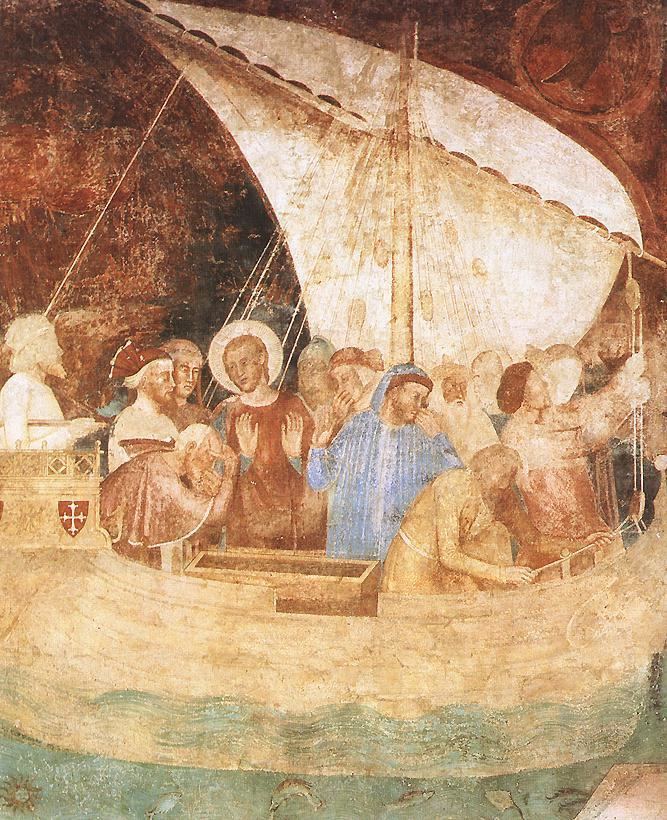Name Rainerius Rainerius Role Saint | Feast June 17 Major shrine Duomo di Pisa Patronage Pisa | |
 | ||
Attributes depicted as a bearded hermit in a hairshirt holding a rosary; as a young pilgrim in a hairshirt carrying a banner with the Pisan cross; as being raised up by devils; or as dying in a hairshirt. Similar People Bona of Pisa, Torpes of Pisa, Pope Eugene III | ||
Venerated in Roman Catholic Church | ||
Pisa, Italy -- La Luminaria
Saint Rainerius (c. 1115/1117 – 1160) is the patron saint of Pisa and of travellers. His feast day is June 17. His name may also be spelled Raynerius, Rainerius, Rainier,Raineri, Rainieri, Ranieri, Raniero, or Regnier.
Contents
Born Rainerius Scacceri to a prosperous merchant and shipowner of Pisa (his parents were named Gandulfo Scacceri and Mingarda Buzzaccherini), he was a traveling minstrel as a youth. Later biographies stress his worldliness at this stage. He met, through his travels, a holy man, Alberto, a nobleman from Corsica "who wore a cloak of animal hair, like a goat", and had entered the monastery of Saint Vitus (San Vito) in Pisa and become renowned for his work for the poor. Rainerius was so impressed that he became a devout Christian. He set himself up as a merchant in order to pay for his fare to the Holy Land in 1146. He soon resolved, however, to give up all of his wealth and live in complete poverty. In the Holy Land he lived as a hermit and beggar, and visited all of the holy shrines (the Holy Sepulchre, Mount Tabor, Hebron, Bethlehem). He did penance for seven years. He also reportedly experienced many visions and revelations. His austerity was so excessive, his later biographer noted, that God had to tell him to eat.
In 1153 Rainerius returned to Pisa and entered the monastery of Saint Andrew (Sant'Andrea) and subsequently that of Saint Vitus. There he achieved fame and became a preacher, being treated like a saint even in his lifetime, reputedly expelling demons and performing miracles. His body was carried in a triumph through the city to its resting place in the Duomo of Pisa upon his death.
Pisa, Italy -- La Luminaria
Veneration
His life was the subject of a cycle of frescos by Antonio Veneziano in the Campo Santo. According to later stories, he was canonised by Pope Alexander III. In 1161 or 1162 a Pisan canon named Benincasa wrote a long and invaluable vita of the saint. He says Rainerius resembled the son of God through his life of strict imitatio Christi (imitation of Christ). Benincasa also goes so far as to claim "a royal priesthood in Christ" of which Rainerius and all the baptised were a part.
With the growth of Pisan influence, Rainerius's cult spread throughout the Mediterranean. In 1632 the Archbishop of Pisa, the local clergy, and the Pisan magistrates elected Rainerius as the patron saint of the city and the diocese. In 1689 his body was translated to the altar of the Duomo. He is generally portrayed as a bearded hermit in a hairshirt holding a rosary; as a young pilgrim in a hairshirt carrying a banner with the Pisan cross; as being raised up by devils; or as dying in a hairshirt.
